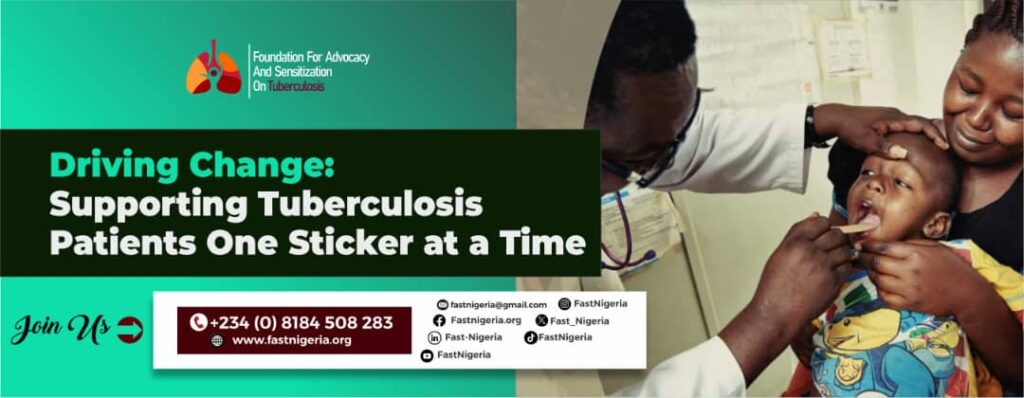News
41m people under risk of famine, says WEP

UN World Food Programme (WFP) says 41 million people around the world are on the brink of famine and the slightest shock could tip them over the edge.
WFP spokesperson, Phiri Tomson, said on Friday that the impact of conflicts old and new, climate shocks and COVID-19, in addition to a lack of funding, had left millions more on the verge of famine than six months ago.
In an appeal for five billion dollars to avoid famine, Tomson said that millions of refugees faced uncertainty and hunger as the impact of the pandemic on emergency aid budgets became clearer.
He said WFP was working round the clock to avert famine, saying, “we urgently need 5.5 billion dollars to do this.
“The price of doing nothing in the face of these growing hunger needs will inevitably be measured in terms of lost lives.
“Tragically, by the time a famine is declared, it’s already too late and thousands of people are already dying of hunger.’’
Yemen and South Sudan face catastrophic levels of acute hunger, according to the Hunger Hotspots report released by WFP and the UN Food and Agriculture Organisation.
The most recent Integrated Food Security Phase Classification analysis for Ethiopia’s Tigray region, issued in June, revealed that 5.5 million people there were grappling with high levels of acute food insecurity, with 350,000 already facing ‘catastrophic’ conditions.
“According to the latest IPC food insecurity assessments – which humanitarians used to assess needs on a scale of one to five – the 41 million are people who are in IPC phase 4 – emergency,” the WFP spokesperson explained.
New refugee influxes linked to conflict and drought have increased needs for people in “IPC phase 5 – catastrophe” and “that number stands at 584,000 people.
“These are people in Ethiopia’s Tigray region, Madagascar, particularly the southern part; South Sudan, especially as we are now at the height of the lean season in that country, and Yemen,” Tomson said.
Launching its Global Operational Response Plan, the UN agency highlighted operations in no less than eight countries and regions where it has had to make “brutal choices” because of significant funding shortfalls.
In practice, this has meant reduced rations “across east and southern Africa, as well as the Middle East…among some of the world’s most vulnerable people who rely on WFP to survive.
“In some cases it’s 40 per cent, in some cases it’s 25 per cent, in some cases it’s 60 per cent.
“The fact is, the assistance we provide is a basic need, the assistance we provide is just enough to help people get by,” he said.
For many vulnerable aid recipients in West and Central Africa, the COVID-19 pandemic had left them without the opportunity to work to supplement their rations and unable to pay for increasingly expensive staple foods.
“Countries like Chad, Niger and Burkina, Mauritania; these are all countries of concern, including Sierra Leone as well,” Tomson said, after a warning by the UN agency that the world was no longer moving towards Zero Hunger.
“Progress has stalled, reversed, and today, more than 270 million people are estimated to be acutely food insecure or at high risk in 2021.

“But what are the factors at play, why is famine even an issue in a 21st Century world of abundant food, and how can it be finally consigned to history,’’ the WFP spokesperson asked.
Contact: info@royalnews.com.ng
